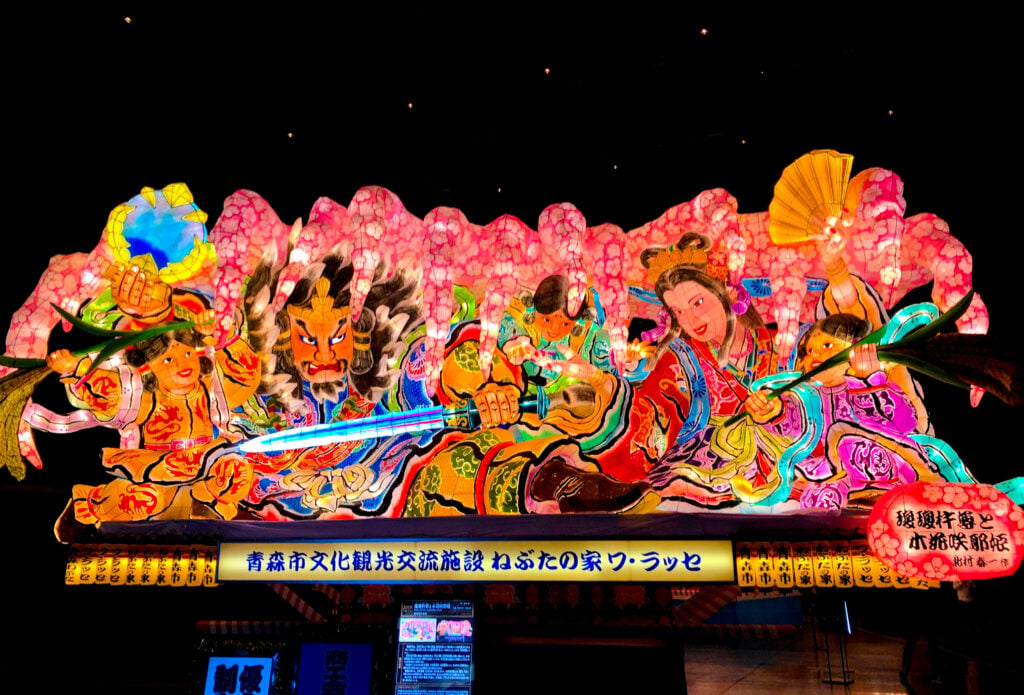Have you ever struggled with memorizing kanji and felt that you forget old ones as quickly as you remember new ones? To speak and write fluent Japanese, it is often said that you need to memorize all 2136 jōyō kanji (常用漢字, the most commonly used kanji in the Japanese language).
To learn how to read and, if you are ambitious, write them all, takes many years of practice. But having a good technique and habit can greatly speed up the process.
In this article we will discuss some techniques and useful resources to utilize for memorizing kanji. Read on if you are interested in learning more!
Learn kanji with Kanji Kentei textbooks
The very first thing you need is a good compiled list of all the kanji that come in a logical order and structure. The best compilation is without a doubt the one created for the Kanji Kentei (漢字検定), a national kanji aptitude test designed for Japanese people.
The reason this is the best one is because it is designed for Japanese people, not foreign students. So you learn kanji in the same way and order as if you were born in Japan. Furthermore, the kanji words in the textbooks are usually more useful and practical than those found in other textbooks.
The Kanji Kentei are divided into twelve different tests, ranging from 10級 (jū–kyū, level 10) which is designed for first grade elementary school children, all the way up to 1級 (ikkyū, level 1) which is so hard that only very few Japanese people have actually passed the test. To cover all 2136 jōyō kanji you have to pass 2級 (nikyū, level 2).
What is great about Kanji Kentei is that it makes learning kanji fun! In the Kanji Kentei tests, It’s insufficient to learn how to write and read a kanji. You also have to learn stroke orders, be able to spot wrong kanji in texts, write antonyms and synonyms to certain kanji compound words (熟語 jukugo, words that consists of two combined kanji), and much else. It really gives you a deeper understanding of the kanji and this makes it easier to commit the kanji to long-term memory.
There are various textbooks for Kanji Kentei with kanji lists and problems for you to practice in any local book store in Japan. However, you may have to go online to buy textbooks for levels 10-7.
There is also an application, 漢検トレーニング (kanken torēningu), on Apple and Android if you are connected to the Japanese Apple store or Google Play. If you use the app it’s highly recommended to get a smartphone pen so that you can write with a pen instead of using your finger.
Personally I use the Japanese 3ds game (漢検トレーニング2, kanken torēningu 2), as I find it to be the best software and is developed by the Kanji Kentei foundation itself.

Resources for learning kanji
There are many different ways to tackle the daunting task of learning over 2000 kanji. Luckily, there are quite a few applications and resources that can help you on your way. Unfortunately Apple users will draw the short end of the stick here, as all the best applications are only available on Android.
With that said, here are some of our most recommended applications for learning Kanji!
Kanji Study
Although it isn’t free, Kanji Study is arguably the best app for learning Kanji, but only if you use it in the correct way! Here are some tips on how to set up your kanji study sessions using Kanji Study:
– First choose which way you want to sort the kanji. We recommend either JLPT or Kanji Kentei.
– Next, choose to divide the kanji into manageable chunks of 10-20 kanji each. You can easily do this automatically in the settings.
– For best learning, choose to study by doing either writing exercises or reading kanji graded exercises. Set the settings to “random sentence” which is much better than “random word” as you get context to the words you are studying. Also choose “recommended sentences”.
– If you are practicing writing kanji, make sure to tick in “manual self check” as it allows you to write the kanji freely.
– Finally, at the end of your session you can categorize the kanji by how well you know them by giving them stars, you can then use this during your next session to only repeat the kanji you didn’t know so well.
– If you want to, you can also import the kanji and sentences directly into the flashcard app Anki (more on Anki below).
*Pro tip: Use a smartphone pen, rather than your finger, when writing kanji! You want to make sure that the kanji sticks in your muscle memory as well.
Japanese Dictionary Takoboto and Anki
When memorizing kanji, a good and reliable dictionary is crucial. After trying some different dictionary apps I arrived at the conclusion that the Japanese Dictionary Takoboto is the best one. It allows you to search with “?” as a wildcard if you don’t know the whole word. Furthermore, not only can you search for words, but also grammatical notes which come complete with full explanations and example sentences. You can also create lists with words or kanji, and one-click import them directly to Anki!
You probably heard about Anki before, but it is a popular flash card app that automatically sorts out the words you review based on how well you perform. It is useful but only if you create a habit of reviewing every day, and stick to it. The best way to use Anki is to review kanji in words or example sentences. Avoid only reviewing kanji without context as that is an ineffective way of learning kanji.
Looking for other apps to help with learning Japanese, not just kanji? We highlight some in our article here.

Memorizing kanji with mnemonics
Another very popular way of memorizing kanji, and one used by Youtuber Pewdiepie himself, is to memorize kanji using mnemonics. This is a learning technique which aids information retrieval by creating associations between kanji and words/phrases. In order to do this you must first learn the meaning of all kanji radicals (parts of a kanji which bear different meanings). You then combine the parts and create a story which you can associate the kanji with. Here are some examples:
The radical 亻means “person” (compressed version of 人)
The radical 木 means “tree”
Combine these and you get the kanji 休 which means “to rest”. To remember this effectively you could then create a mnemonic such as:
“A person leans towards a tree to rest”
Another example is:
The radical 馬 means “horse”
The radical 又 means “again”
The radical 虫 means “bug”
Combine these and you get 騒 which means “to make a racket” or “to make noise” To remember this you could create a mnemonic like this:
“A horse was stung by a bug again and made a racket”
Personally I feel that this method is useful for memorizing the kanji visually, but not as useful for learning how to use the kanji. Therefore, I believe this method is best applied in combination with learning words and sentences with the kanji.
How you study is up to you
In the end, how you choose to approach the challenge of learning kanji is entirely up to you. How we learn kanji is highly individual, so it’s recommended to try various methods and see what works best in your case. Maybe the traditional method of just writing long lists of words with pen and paper suits you better than using flashy applications.
Just remember that the most important thing to stay motivated is to make learning kanji fun. For this purpose, I hope that the above mentioned methods will prove useful!
If you are interested in learning Japanese, or knowing more about Japanese culture and life in Japan, make sure to follow our blog!













